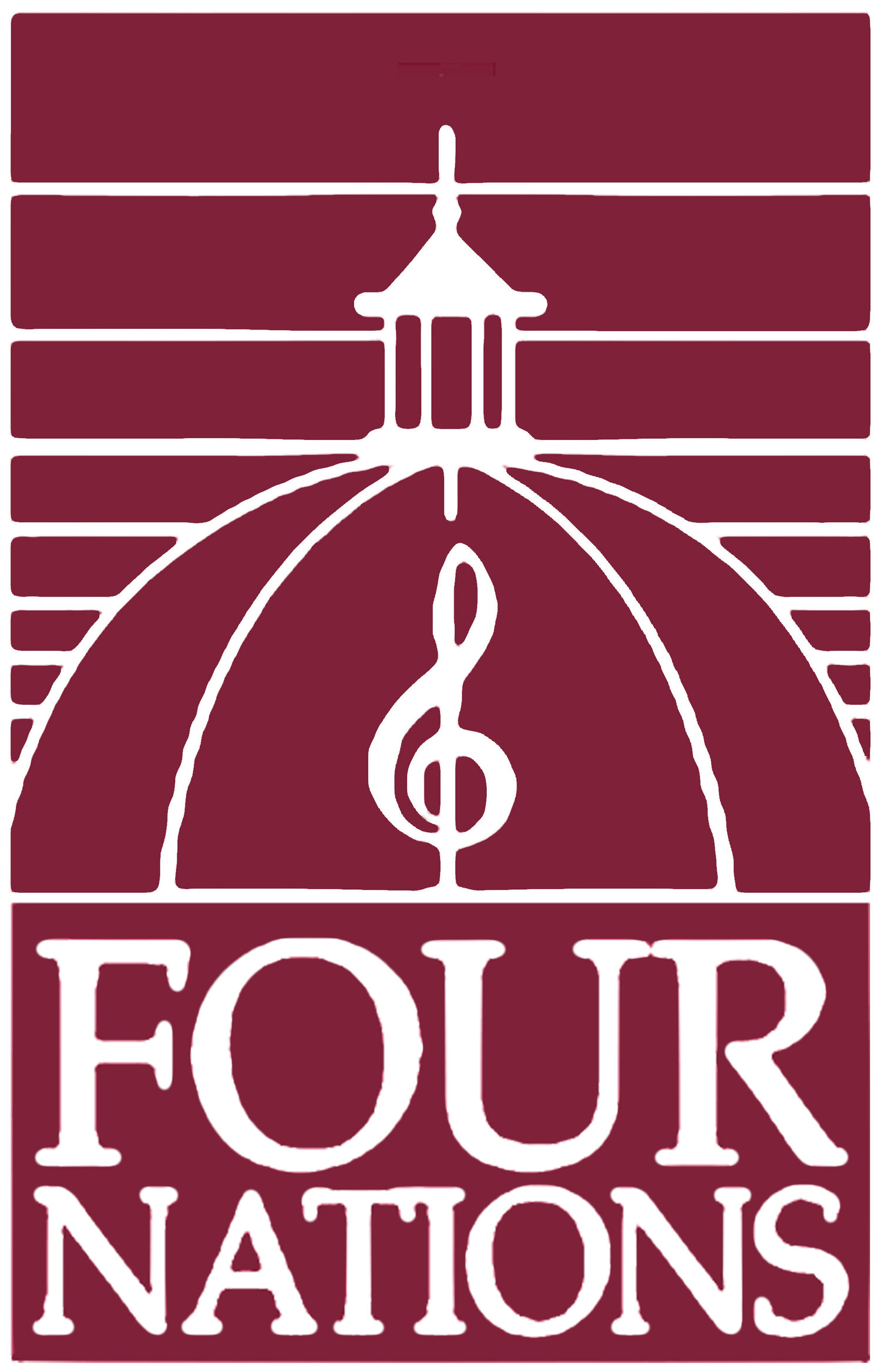Tales of Two Cities
or
"How Ya Gonna Keep ‘em Down on the Farm"
PARIS and LEIPZIG
Saturday, September 23, 2023 at 2:30 PM
Silda Wall Spitzer & Erik Stangvik, hosts
Germantown, NY
Adolph Menzel, Frederick the Great Playing the Flute at Sanssouci.
THE ARTISTS
Pascale Beaudin, soprano
Charles Brink, flute
Krista Feeney & Chloe Fedor, violin
Nicole Divall, viola
Loretta O’Sullivan, cello
Patricia Halverson, violone
Andrew Appel, harpsichord
THE PROGRAM
BACH
Orchestra Suite in B minor BWV 1067
Brandenburg Concerto V BWV 1050
LECLAIR
Sonata for violin & continuo Opus 9 #8
RAMEAU
Temple Sacré
Viens Hymen
As we open her great novel, Charlotte Bronte introduces us to Jane Eyre, hidden behind a curtain on a window seat, engrossed in a book. Jane is traveling into a world that is not her own but revealed to her in colors and forms from the pages resting in her hands. From the tight and unhappy home that is her reality, she escapes through space and history pressed between a window and a wall.
Johann Sebastian Bach had such a relationship with books. He hardly ventured beyond his Thuringian farms and fields but, on wings of song, flew off to Paris, Rome, and Venice with the aid of handwritten scores, collections of music in his brother’s library and available to him only by moonlight when he would copy out pieces that fed his imagination. He devoured suites and toccatas and incorporated all he saw into what he would become. Bach became the most all-inclusive composer of his or any time.
Toby Edward Rosenthal, Bach family morning
As a teen Bach was sent to school in Lüneburg in northern Germany. There he enjoyed the sounds and skills of refugee French Protestant musicians. These performers, recently fled from a hostile Catholic France, were snatched up by Lutheran princes who wanted to imitate the elegance and opulence of Versailles. These refugees formed orchestras and offered the Parisian repertory and sonorities to the cabbage eating aristocracy of German principalities. Bach, as a brilliant youngster with the aid of his older mentor Georg Böhm, listened, danced, and incorporated this music into his own.
In listening to the second orchestral suite with the central role given to the quintessentially French flute, we witness Bach’s familiarity, inspiration, and mastery of the dance. He enriches each movement with an organist’s counterpoint yet never loses the gallant elegance of the minuet, sarabande, polonaise, or tambourin. There is charm coupled with science.
The overture to this work is unique to Bach and his method of composition. Though it immediately evokes the music of Lully and his followers, it proceeds to an extended allegro- fugue. It is the German organists’ art. But the episodes of the fugue are of Venice and Vivaldi’s concerto style. “WHAT are you concocting here?” his stolid and limited critics asked, scratching their heads. They did not like imagination that confounded. Bach is an unruly garden of ideas and possibilities. He is not a curator of styles like Handel or Telemann but an alchemist creating rare and precious metals from everything in his laboratory. This magic ability denied him fame during his lifetime but continues to give us enormous satisfaction centuries later.
When Bach took his position in Weimar he left the French orientation of the courts with refugee musicians for a more forward and future looking patron, a young duke who was studying in Amsterdam. This patron purchased the most recent books of concertos by Vivaldi and Marcello, sent them back to Weimar with the instructions to make parts and prepare the court musicians to play Italian concertos. Bach made parts as well as arrangements for harpsichord and organ of these dynamic works. In the process, he again incorporated this bright style into his own music, not only for instruments but for voice as well. Contact with Vivaldi’s energy and clear harmonic direction fundamentally changed Bach. His concertos for violin or harpsichord bear witness to his new musical language. The 5th Brandenburg is both like and unlike any of the concertos coming from Italy. Bach’s tight and genial use of musical material is only his and the cadenza for harpsichord, written to showcase a new instrument purchased at a high price for the court in Cöthen, is both a free form improvisation and an economical use of music that has been heard throughout the first movement.
Jean-Philippe Rameau, by Jacques Aved, 1728
No matter how virtuoso, Bach’s music is always based in an integrity of counterpoint. For Bach, music finds its core in polyphony and his rich harmonies are a byproduct of a weave of independant voices. It is understandable that he found the theories and ideas of Rameau, his greatest French contemporary, suspect. For Rameau, counterpoint and melody were byproducts of harmony. Bach is fundamentally linear and Rameau is harmonic. Bach’s values are fruits of the Renaissance. Rameau’s represent a new vision and one that allows for the invisible architecture of Mozart and later, the freedoms of Berlioz.
But beyond the revolutionary thinking of Rameau, his music is sophisticated and sensual. It exists in the world of voluptuousness and flavor that is the spirit of Paris. Add to that the beguiling virtuosity and seduction of Leclair and the question emerges…How ya gonna keep ‘em down on the farm..now that they've seen (and heard) Paree!



